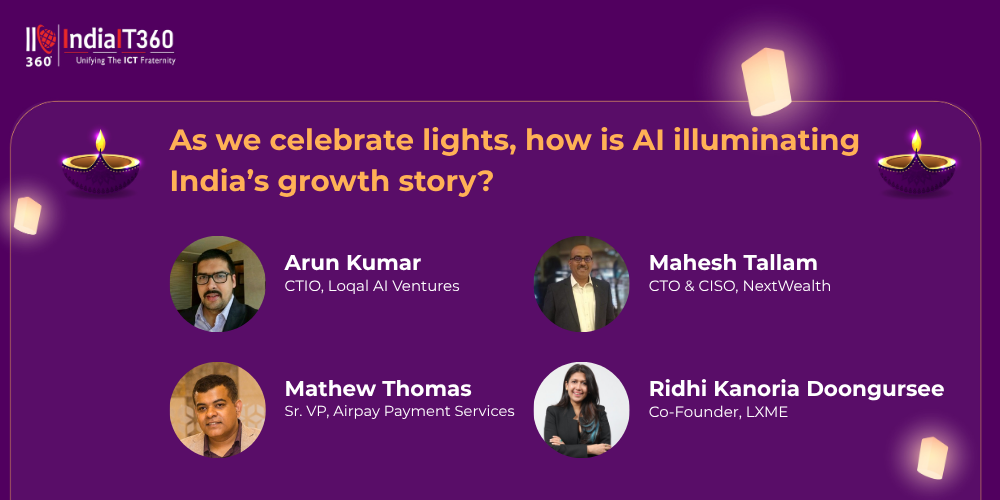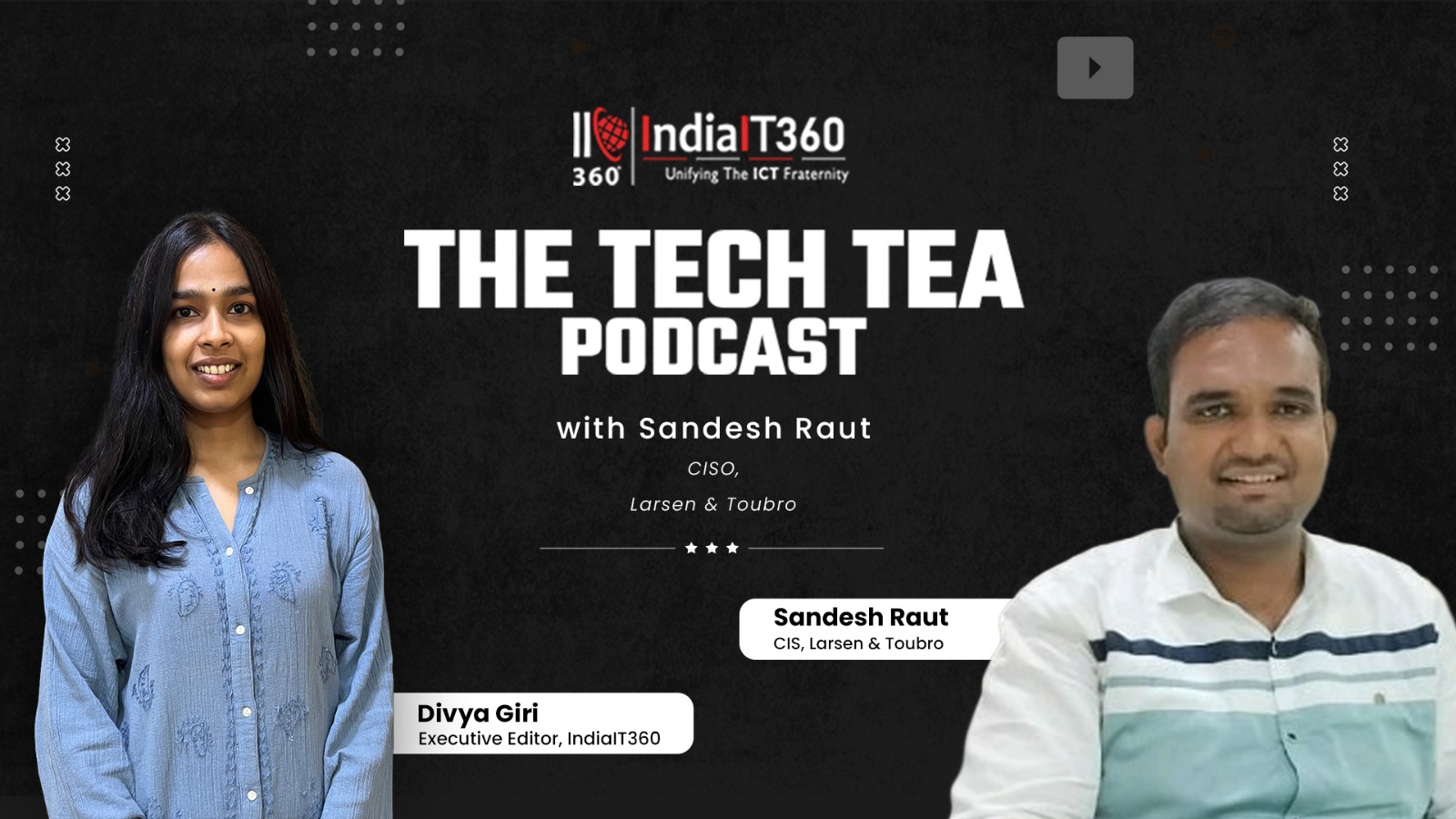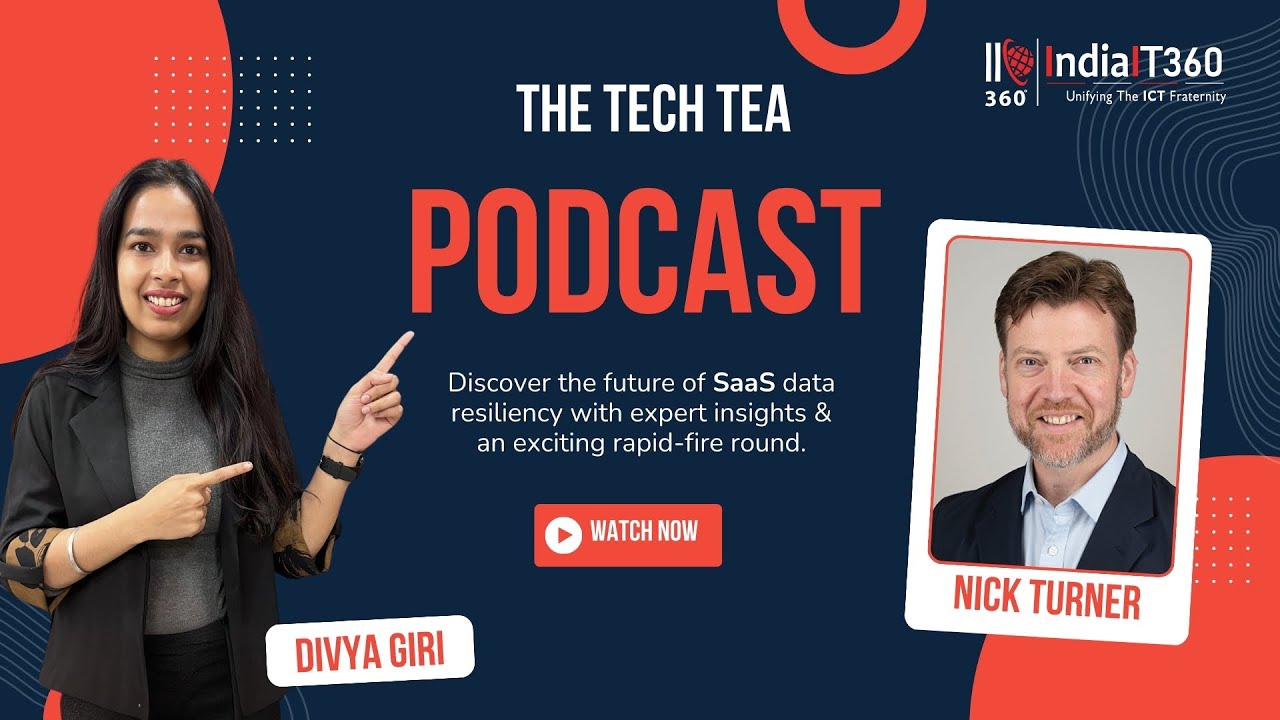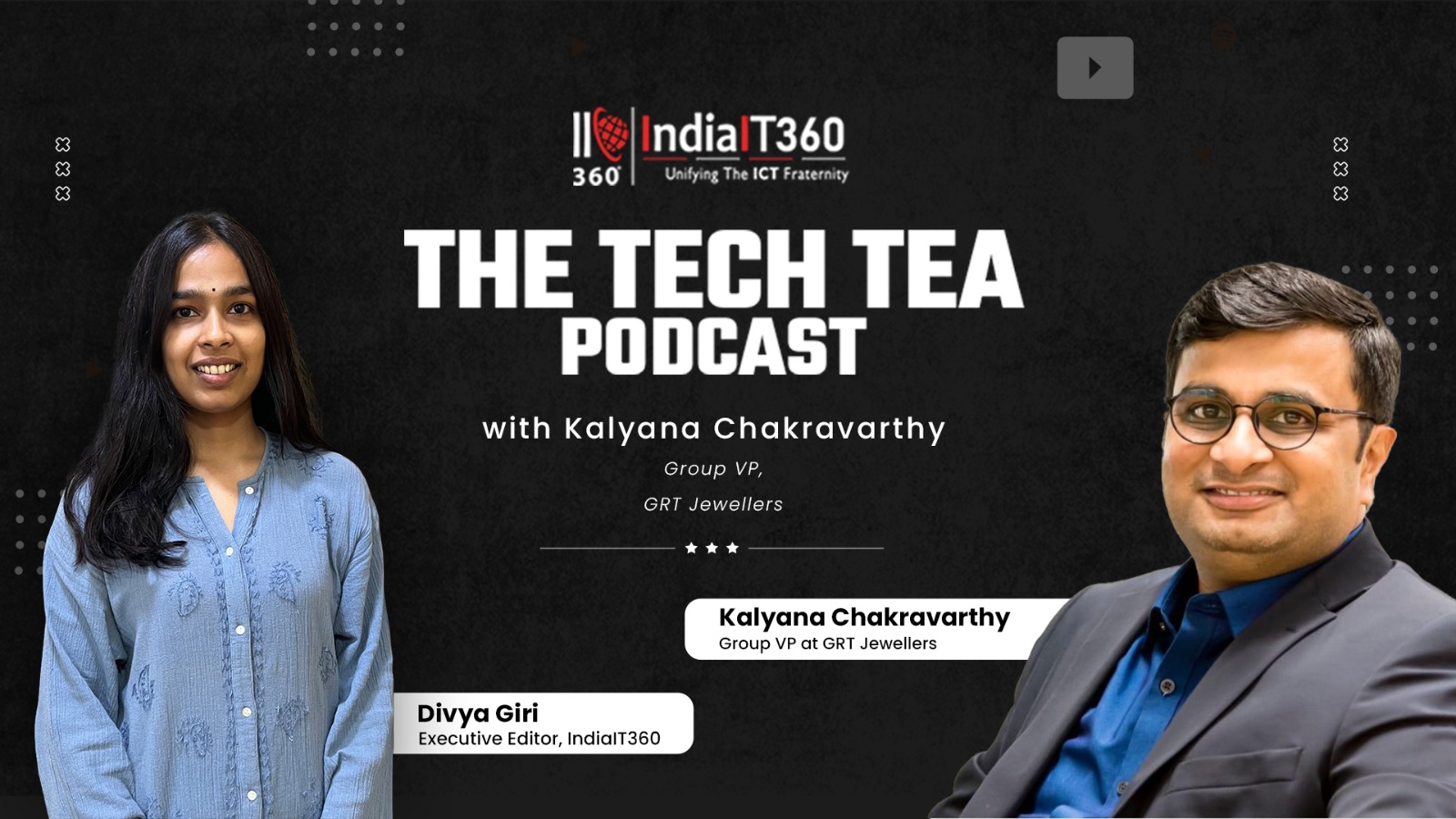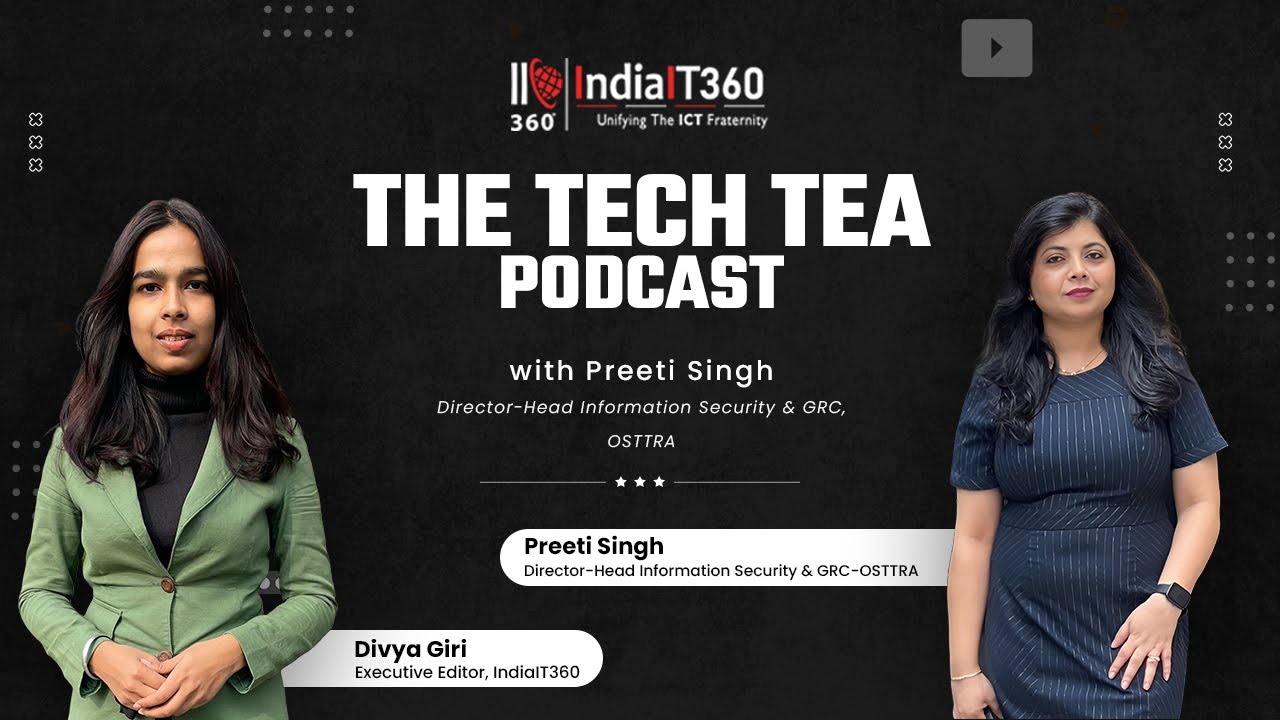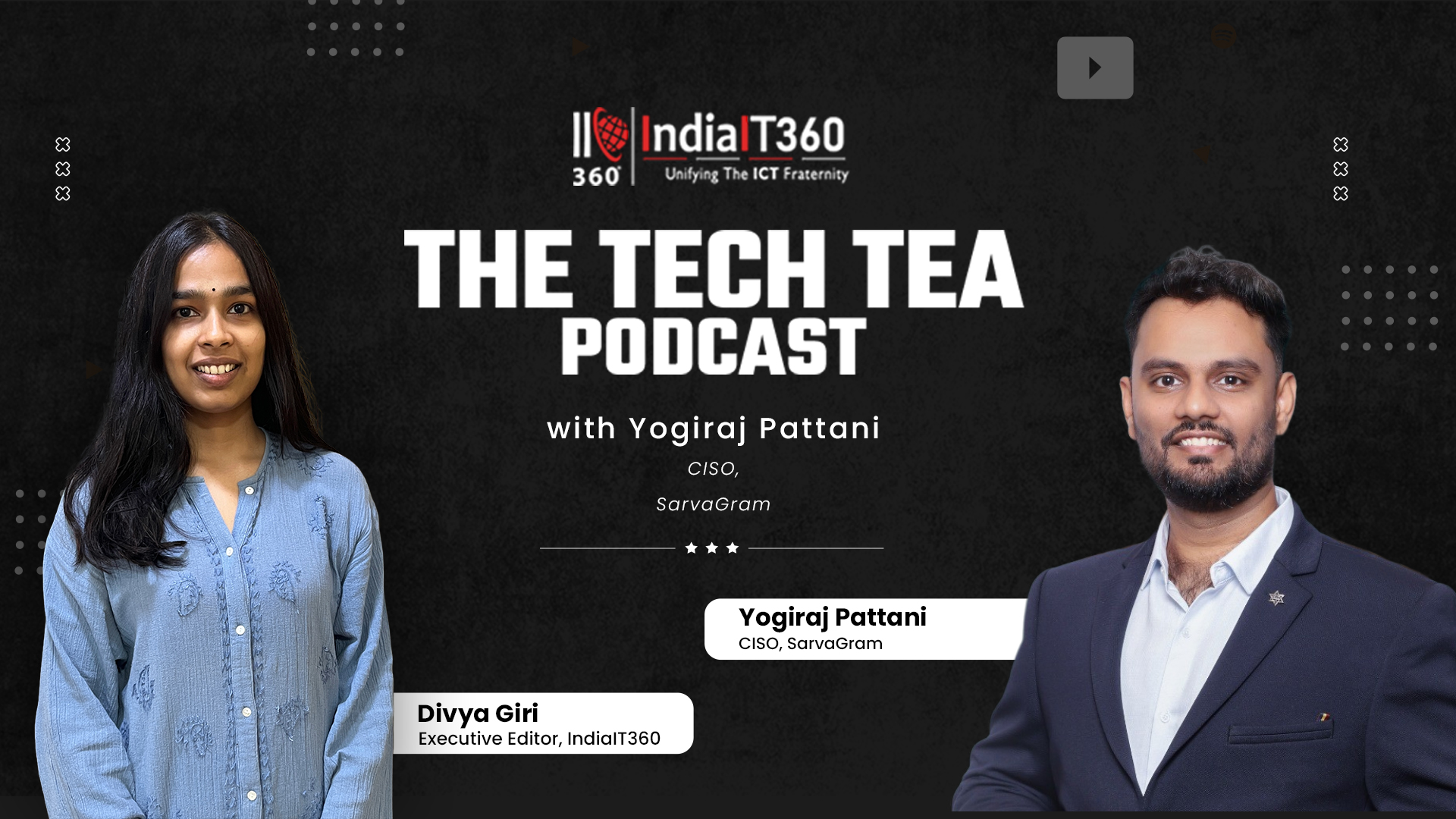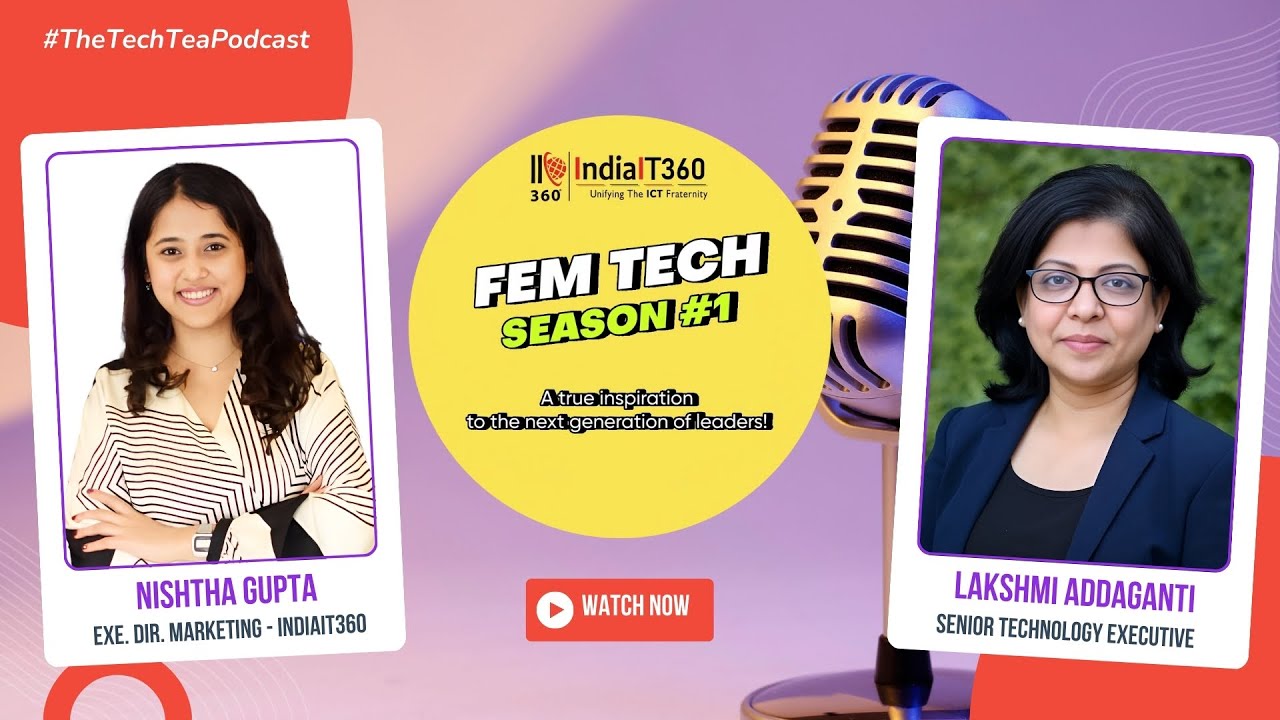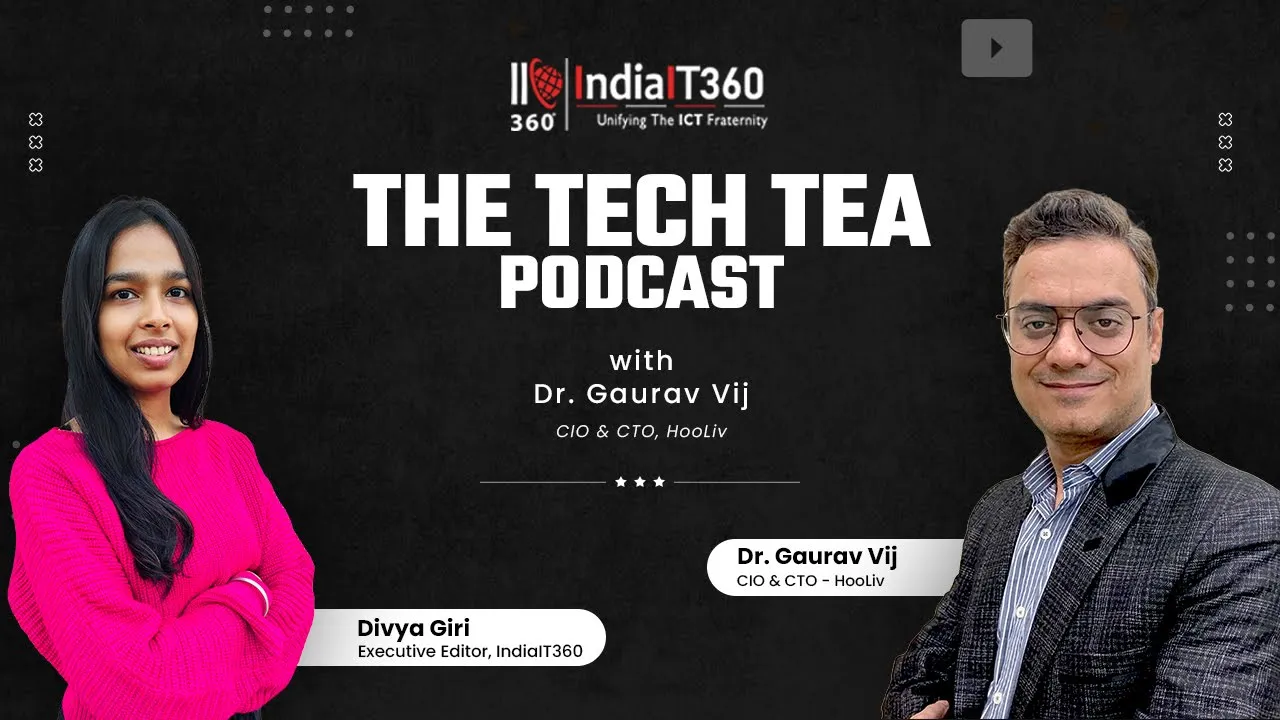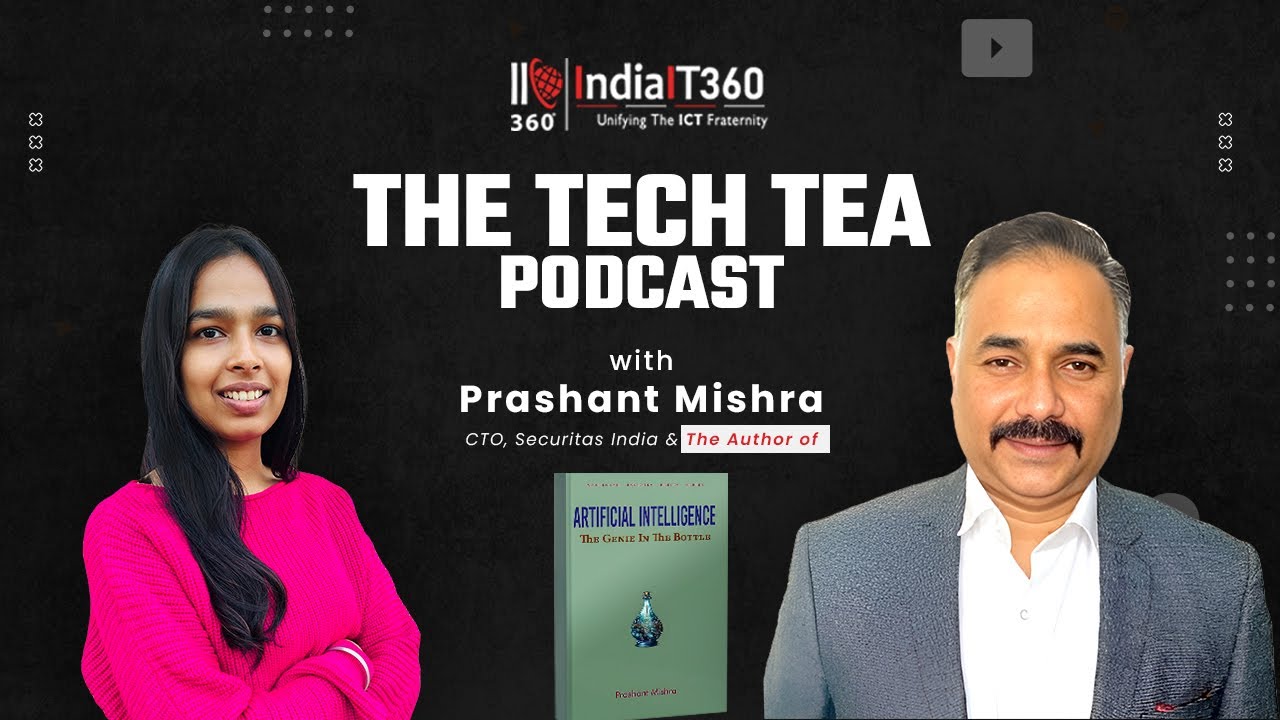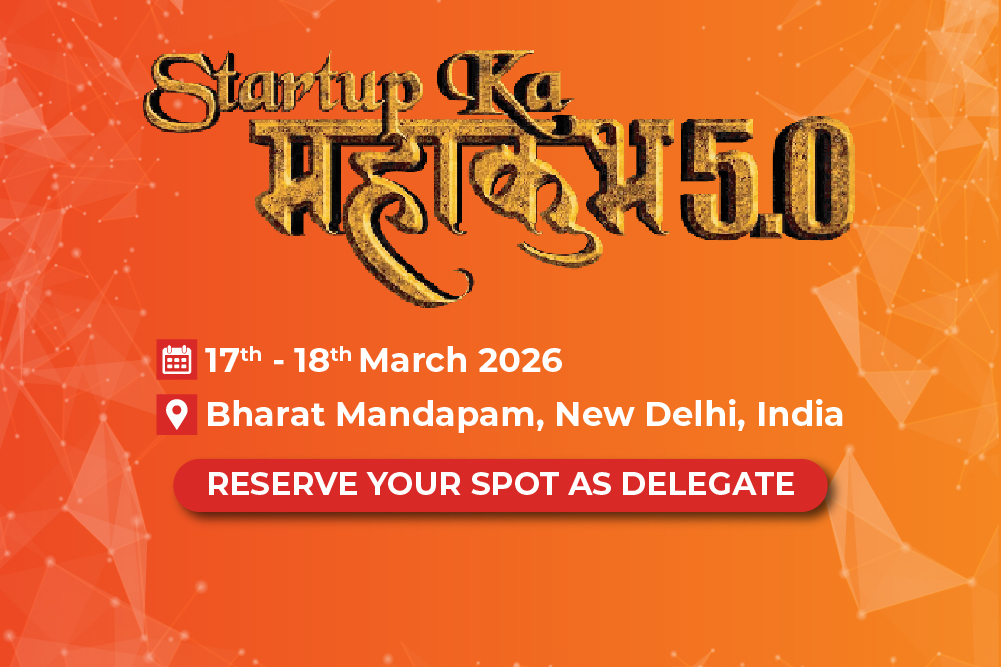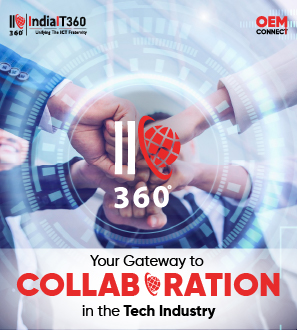The Future Of Technology In Business: Trends And Predictions
How technology will shape the business landscape in the next decade
Technology is transforming the world of business at an unprecedented pace. From artificial intelligence to blockchain, from cloud computing to 5G, from robotics to biotechnology, the innovations and disruptions of the digital era are creating new opportunities and challenges for businesses across all sectors and sizes. In this document, we will explore some of the key trends and predictions that will shape the future of technology in business in the next decade, with a special focus on technology related to the environment and sustainability.
Artificial Intelligence and Machine Learning
Artificial intelligence (AI) and machine learning (ML) are technologies that enable machines to perform tasks that normally require human intelligence, such as reasoning, learning, decision-making, and natural language processing. AI and ML are already transforming various aspects of business, such as customer service, marketing, operations, product development, and security. According to a report by PwC, AI could contribute up to $15.7 trillion to the global economy by 2030, with $6.6 trillion coming from increased productivity and $9.1 trillion from enhanced consumer demand.
Some of the predictions for the future of AI and ML in business are:
- AI and ML will become more accessible and affordable, thanks to the availability of cloud-based platforms, open-source frameworks, and low-code or no-code tools.
- AI and ML will become more explainable and trustworthy, as businesses and regulators will demand more transparency, accountability, and ethics from the algorithms and data that power them.
- AI and ML will become more human-centric and collaborative, as businesses will leverage the complementary strengths of humans and machines to enhance creativity, innovation, and problem-solving.
- AI and ML will become more pervasive and embedded, as businesses integrate them into every aspect of their value chain, from product design to supply chain management to customer experience.
Source: PwC, "Sizing the prize: What's the real value of AI for your business and how can you capitalize?” 2017.
Blockchain and Distributed Ledger Technology
Blockchain and distributed ledger technology (DLT) are technologies that enable the creation and exchange of digital records that are secure, transparent, and immutable, without the need for a central authority or intermediary. Blockchain and DLT are already revolutionizing various industries, such as finance, healthcare, supply chain, and energy, by enabling new forms of transactions, contracts, and identity verification. According to a report by Gartner, the business value added by blockchain will grow to $3.1 trillion by 2030, with the majority of the value coming from the reduction of transaction costs, fraud, and errors.
Some of the predictions for the future of blockchain and DLT in business are:
- Blockchain and DLT will become more scalable and interoperable, as the technology matures and overcomes the challenges of performance, governance, and standardization.
- Blockchain and DLT will become more diverse and inclusive, as the technology will enable the participation of more stakeholders, such as consumers, small businesses, and developing countries, in the digital economy.
- Blockchain and DLT will become more social and environmental, as the technology will support the development of more sustainable and ethical business models, such as the circular economy, social impact, and carbon credits.
- Blockchain and DLT will become more innovative and disruptive, as the technology will enable the emergence of new products, services, and markets, such as decentralized finance, tokenization, and digital assets.
Source: Gartner, "Forecast: Blockchain Business Value, Worldwide, 2017-2030", 2018
Cloud Computing and 5G
Cloud computing and 5G are technologies that enable the delivery of computing resources and data over the internet, without the need for physical infrastructure or devices. Cloud computing and 5G are already enhancing the efficiency, agility, and scalability of businesses, by enabling them to access, store, process, and analyze large amounts of data from anywhere and at any time. According to a report by IDC, global spending on cloud services and infrastructure will reach $1.3 trillion by 2025, with a compound annual growth rate of 15.7%. According to a report by Ericsson, global 5G subscriptions will reach 3.5 billion by 2026, with a penetration rate of 40%.
Some of the predictions for the future of cloud computing and 5G in business are:
- Cloud computing and 5G will become more ubiquitous and intelligent, as the technology will enable the development of more advanced and personalized applications, such as edge computing, the internet of things, and artificial intelligence.
- Cloud computing and 5G will become more secure and resilient, as the technology adopts more robust and sophisticated measures to protect data and systems from cyberattacks, natural disasters, and human errors.
- Cloud computing and 5G will become more flexible and adaptable, as the technology will allow businesses to customize and optimize their cloud and network solutions, according to their needs, preferences, and budgets.
- Cloud computing and 5G will become more collaborative and competitive, as the technology will foster the creation of more partnerships and ecosystems, as well as the emergence of new entrants and challengers, in the cloud and telecom markets.
Source: IDC, "Worldwide Whole Cloud Forecast, 2021-2025", 2021.
Source: Ericsson, "Ericsson Mobility Report", 2020.
Robotics and Biotechnology
Robotics and biotechnology are technologies that enable the creation and manipulation of machines and organisms, respectively, that can perform tasks that normally require human or natural capabilities, such as movement, sensing, communication, and reproduction. Robotics and biotechnology are already transforming various fields, such as manufacturing, agriculture, healthcare, and education, by enabling new levels of productivity, quality, and innovation. According to a report by McKinsey, the potential economic impact of robotics and biotechnology could range from $14 trillion to $33 trillion by 2025, with $6 trillion coming from robotics and $8 trillion to $27 trillion coming from biotechnology.
Some of the predictions for the future of robotics and biotechnology in business are:
- Robotics and biotechnology will become more autonomous and adaptive, as technology will enable machines and organisms to learn from their environment and improve their performance and functionality.
- Robotics and biotechnology will become more integrated and symbiotic, as technology will enable the convergence and combination of the physical, digital, and biological domains, such as cyber-physical systems, bioinformatics, and synthetic biology.
- Robotics and biotechnology will become more ethical and responsible, as the technology will raise new questions and challenges regarding the social, legal, and moral implications of the creation and use of machines and organisms.
- Robotics and biotechnology will become more diverse and innovative, as technology will enable the exploration and exploitation of new frontiers and possibilities, such as space, the ocean, and the genome.
Source: McKinsey, "Disruptive technologies: Advances that will transform life, business, and the global economy", 2013
Environment and Sustainability Technology
Environment and sustainability technology are technologies that enable the protection and enhancement of natural resources and ecosystems, as well as the mitigation and adaptation of the impacts of climate change and environmental degradation. Environment and sustainability technology are already creating new opportunities and challenges for businesses, such as reducing costs, increasing efficiency, improving reputation, and complying with regulations. According to a report by BCG, the global market for environment and sustainability technology could reach $2.1 trillion by 2025, with a compound annual growth rate of 15%.
Some of the predictions for the future of environment and sustainability technology in business are:
- Environment and sustainability technology will become more data-driven and analytical, as the technology will enable the collection and processing of more accurate and timely information on the environmental and social performance and impacts of businesses.
- Environment and sustainability technology will become more circular and regenerative, as the technology will enable the design and implementation of more resource-efficient and waste-free business models, such as renewable energy, green materials, and industrial symbiosis.
- Environment and sustainability technology will become more collaborative and participatory, as the technology will enable the engagement and empowerment of more stakeholders, such as employees, customers, suppliers, and communities, in the environmental and social initiatives and goals of businesses.
- Environment and sustainability technology will become more innovative and disruptive, as technology will enable the creation and adoption of new solutions and practices, such as carbon capture and storage, geoengineering, and green finance.
Source: BCG, "The $2.1 Trillion Opportunity for Companies That Embrace Sustainability Technology", 2018
The future of technology in business is not a destination, but a journey, and the businesses that will thrive are those that are ready and willing to embark on it.






